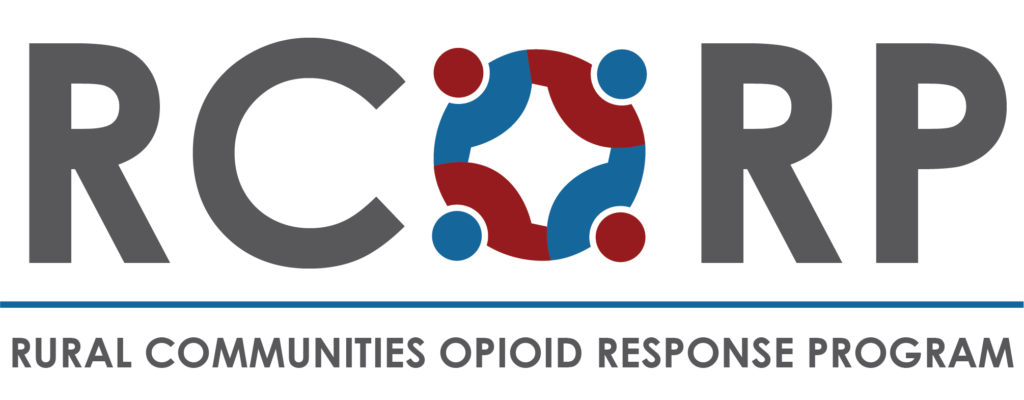Overdose Response Teams
ORTs are a multi-agency, harm reduction response unit that delivers support and person-centered services to individuals in the community who experience a non-fatal overdose.
Understanding the Harm Reduction Approach: Principles and Practice
This presentation outlines history, principles, and practices of harm reduction to reduce stigma and harm related to substance use. Emphasis is placed on understanding harm reduction in a syringe service program environment, the clinical setting, and in rural communities.
Strategies for Distributing Intranasal Naloxone to Rural Communities
This presentation explores the need for naloxone distribution in rural areas, and discusses innovative methods and technologies for increasing access.
Cognitive-Behavioral Therapy for Treatment Seeking

This article and toolkit describes CBT for Treatment Seeking (CBT-TS). The program seeks to overcome barriers to engagement (i.e., treatment initiation and retention) including lack of information or negative beliefs about treatment. It aims to equip rural providers to help their patients identify negative or stigmatizing beliefs and see treatment from a different perspective. The associated toolkit includes a brochure for providers that summarizes what CBT-TS is, how it can help, evidence supporting its utility, and other ways this program can provide support. A brochure for patients that clinics, centers, and/or programs can share is also available upon request.
Expanding Harm Reduction Access in the US for Rural and Other Underserved Populations
This presentation describes community-based naloxone distribution methods, including mail-out harm reduction supplies, based on the work of Czarina Behrends, PhD, MPH. Specific considerations for reaching members of rural communities are discussed.
Illicit Drug Supply: Fentanyl and Xylazine
This webinar presentation explores current information about fentanyl and xylazine including drug supply information, pharmacology, clinical effects, medical impacts, harm reduction, and treatment information. Considerations for rural populations are also discussed.

